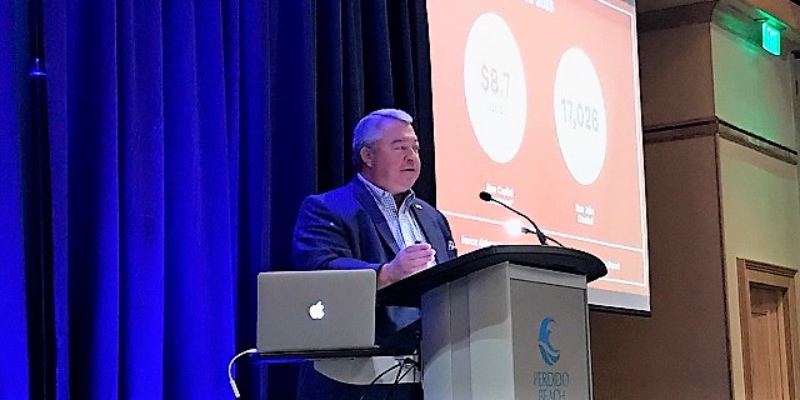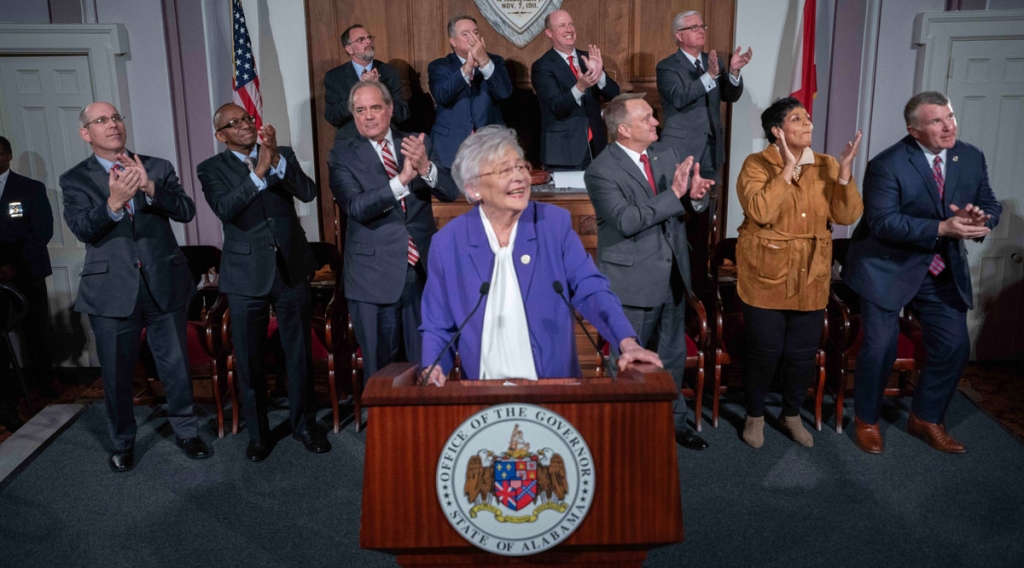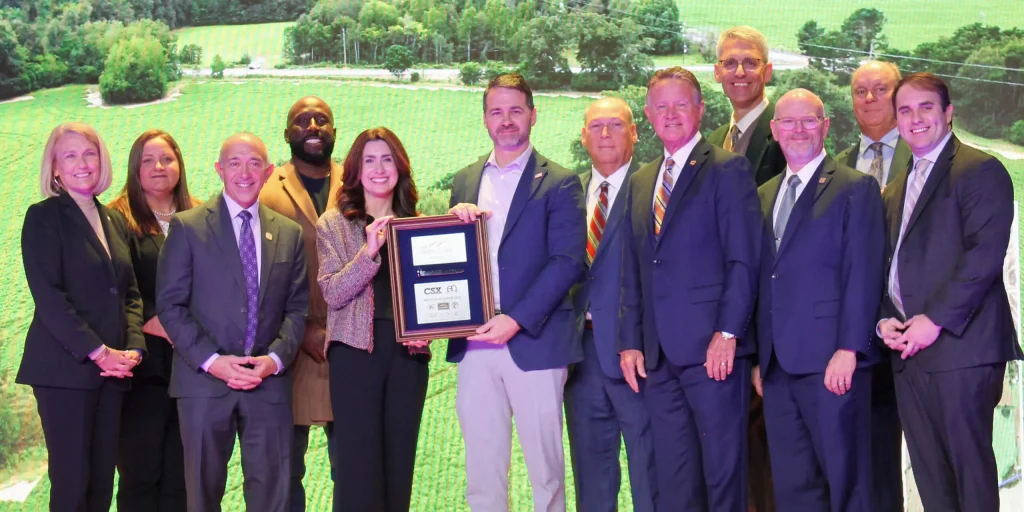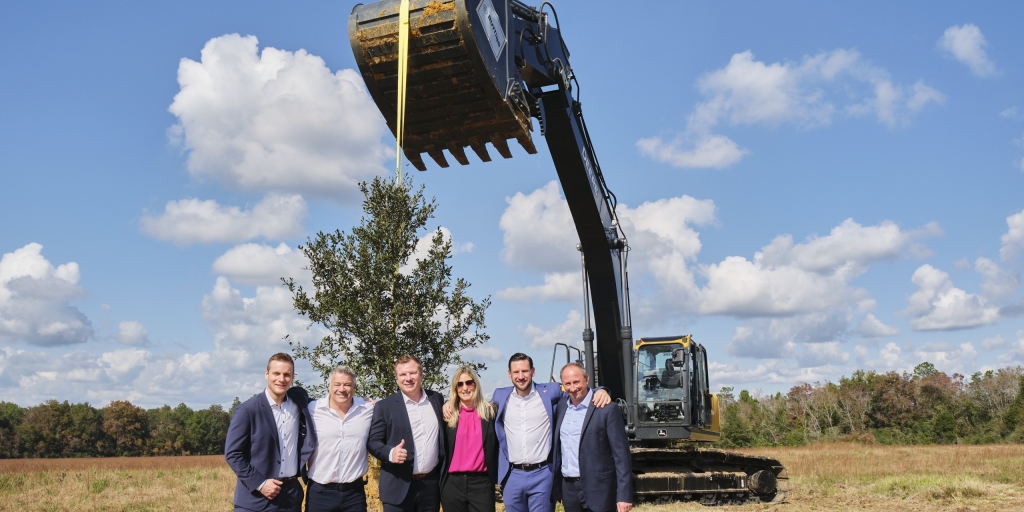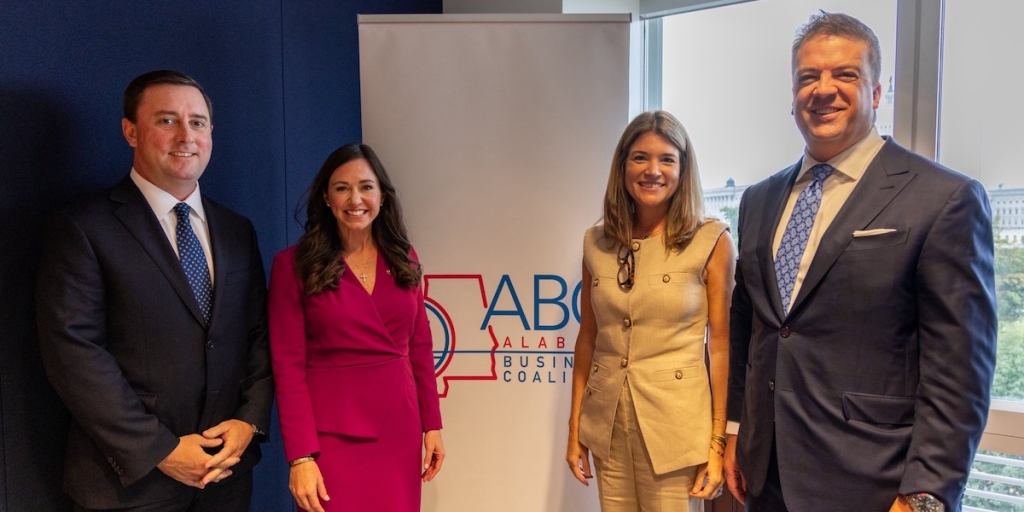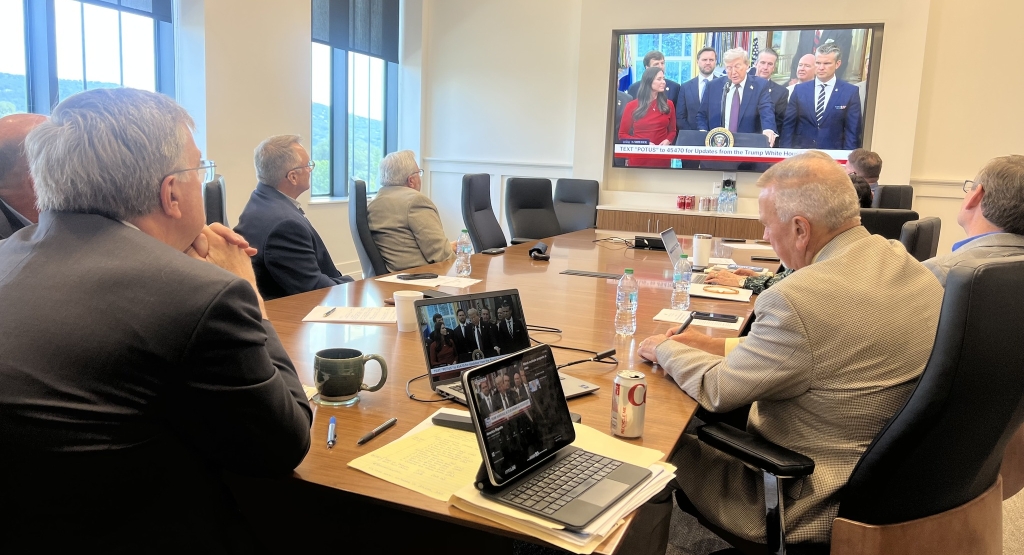How does Alabama’s commerce secretary react to a record year of economic development in the state? By calling for a revamp of the statewide plan that has guided that growth.
Greg Canfield knows that Alabama’s successes have come because the state has been willing to constantly improve on everything from incentives to targeted industries. It started with the state’s first comprehensive strategic plan with Accelerate Alabama more than seven years ago.
“I know when we came out of the gate with Accelerate Alabama in January of 2012, I believe we labeled it as a five- to six-year plan,” Canfield told Alabama NewsCenter. “Well, no. You know, the world’s changing too fast. So, we’re already in the second iteration with Accelerate Alabama 2.0 and we just launched it in 2016. Well, now here we are about three years later, maybe close to four, and it’s time again, because the world’s changing and we just want to make sure that the future is made in Alabama.”
Canfield called on professionals gathered at the Economic Development Association of Alabama summer conference to get ready for a new plan that responds to disruptive technologies and growth industries that the state wasn’t targeting a few years ago.
The state’s economic development plan identifies key business sectors Alabama is targeting in its recruitment and expansion strategies as well as the foundational processes that stretch across different industries, such as research and development or data centers.
Since launching the first iteration of Accelerate Alabama in 2012, the state has seen $37 billion in capital investment and 122,000 new jobs.
That includes new heights in 2018.
“We have been fortunate in Alabama that we have had a good story to tell and 2018 was a great story – record-breaking year, $8.7 billion in new investment was announced that will come into our state, not only from new companies coming here to Alabama but even more importantly perhaps is existing companies who are making the decision that they want to reinvest new capital and expand in Alabama as opposed to doing that somewhere else,” Canfield said. “All of that is bringing about 17,000 jobs just from the activity in that one year alone.”
The recent legislative session set the stage for how the Alabama Department of Commerce will expand its economic development efforts going forward.
The Alabama Incentives Modernization Act expands on the Alabama Jobs Act that was passed in 2015. That was a fundamental shift in the way Alabama offers incentives. Previous incentives were more debt-driven for the state while the Jobs Act allowed a company to receive incentives on a pay-as-you-go basis as the state realized capital investment and job growth. That sustainable approach was not only better for the state, but it offered incentives as more meaningful tax breaks for companies.
As a result, for the $1.7 billion in incentives the state gave between July 2, 2015 and Dec. 31, 2018, it has realized $10.5 billion in capital investments and seen 23,952 jobs created – a more than 5-1 return.
Even better news is the types of jobs being created. Projects supported by Jobs Act incentives pay $23.04 per hour, a 46% boost over the $15.77 per hour median wage in the state.
The Alabama Incentives Modernization Act builds on the Jobs Act by applying incentives to knowledge-based, innovation, technology and R&D industries. It also expands the number of rural counties in the state that get enhanced incentives and adds some distressed counties that don’t qualify as rural based on population, but face other issues that would allow them to benefit from the special incentives.
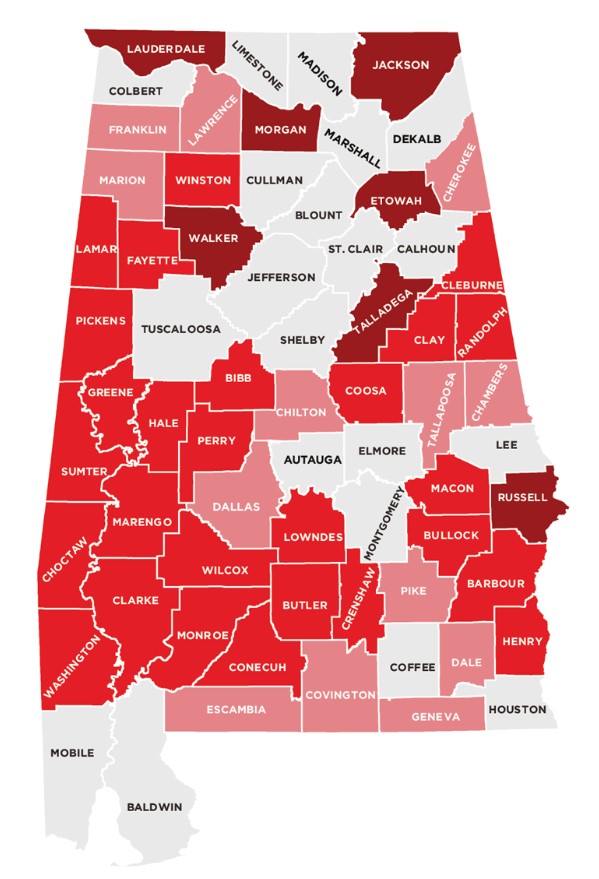
“We’re really looking forward to implementing the new tools from the Modernization Act and having them apply for new technology companies as well as rural economic development opportunities,” Canfield said.
Canfield said rural economic development is getting added attention.
“We’re continuing our focus on rural economic development,” he said. “Again, 2018 was a record year — $1.1 billion of new investment in rural Alabama, over 1,100 jobs that will flow from that – so we’re proud about that, but this new set of tools from the Modernization Act are going to allow us to go even further in rural Alabama.”
Canfield announced last week that economic development veteran Brenda Tuck is in the newly created rural development manager position at the Alabama Department of Commerce.
In addition to that, EDAA has created the position of rural development strategist, which is held by Brian Hilson, who has headed economic development entities in Huntsville and Birmingham.
While it might seem a bit contradictory for the Commerce Department to say it wants to see high-tech, innovation industries grow while also saying rural economic development is a priority, Canfield said both are necessary.
“Alabamians are building great things, building great products that are found in over 192 countries around the globe,” he said. “So we need to underpin that activity and make that foundation more solid by creating the types of product development and R&D that anchors those industries in Alabama.”
(Courtesy of Alabama NewsCenter)




